By Chally Kacelnik
In What We’ve Learned from 77 Participants in Our Leadership Programs – Part 1, I talked about what we’d learned from data from a sample pool of program participants, as part of our efforts to continually improve what we do at LKS Quaero. I took you through some data about how they’ve changed and developed as leaders, and what’s been particularly working well for them and otherwise. While Part 1 focused on the lessons we’ve gathered from the highest and lowest scoring areas from participants’ self-assessments over time, I want to now take you through the areas of least and greatest change.
Here are the areas with the smallest differential between the start and end average scores (out of ten) – the areas where the least has changed for the participants:
- Safety is truly a high priority for me (+0.55)
- I treat all my team members with dignity and respect (+0.76)
- Among my team, safety is clearly demonstrated as a high priority (+0.82)
- I have a high level of job satisfaction (+0.97)
- I am always honest with my team (+1.01)
And here are the areas with the largest differential – the areas where the most has changed:
- I make the vision for our organisation clear to my team (+2.32)
- I help my team members to see the link between their roles and our corporate plans (+2.28)
- When I assign a task, I always provide context and purpose for the task (+2.25)
- I always manage poor behaviour effectively and in a timely manner (+2.09)
- I always provide timely and constructive feedback for all my team members to answer the following question: ‘how am I going?’ (+2.07)
If you go back and look at the highest and lowest scoring areas in Part 1, you’ll see a very strong relationship with the differential results:
- The lowest scoring areas map very closely to the areas where the most has changed for the better
- The highest scoring areas map very closely to the areas where the least has changed
What does this mean? It demonstrates that LKS Quaero’s leadership programs are genuinely targeting priority areas for improvement. The programs are also still providing a boost for areas in which people and organisations have doing well. Often, for instance, there’s not a lot of room for a focus on safety to get much higher, and a small differential shows that participants are maintaining a consistently high focus on safety.
One more thing on this: you’ll notice that the “I have a high level of job satisfaction” is a bit of an outlier as it’s one of the areas in which the least has changed, but isn’t one of the highest scoring areas. While it’s positive that people’s job satisfaction is improving over the course of the programs, it is one of the areas that tends to remain lower in the overall scoring. There are a lot of factors that feed into people’s job satisfaction, but one area that organisations can look at in addressing this is something that is represented really strongly in the data we looked at in part 1. Helping people to make much stronger connections between individuals’ roles/work and the organisational direction and planning tends to be an area with a lot of positive opportunity for improvement. It makes a world of difference to the organisational results and personal satisfaction at work.
We’ve got one more post in this series: Part 3. In Part 3, you’ll hear what participants have to say about what’s changed for them and what they’ve achieved as a result of their leadership program. See you soon for the conclusion to this series!
At LKS Quaero, we support leaders to develop to a consistent, excellent standard. For more information, visit us at lksquaero.com or follow us on LinkedIn and Facebook.










